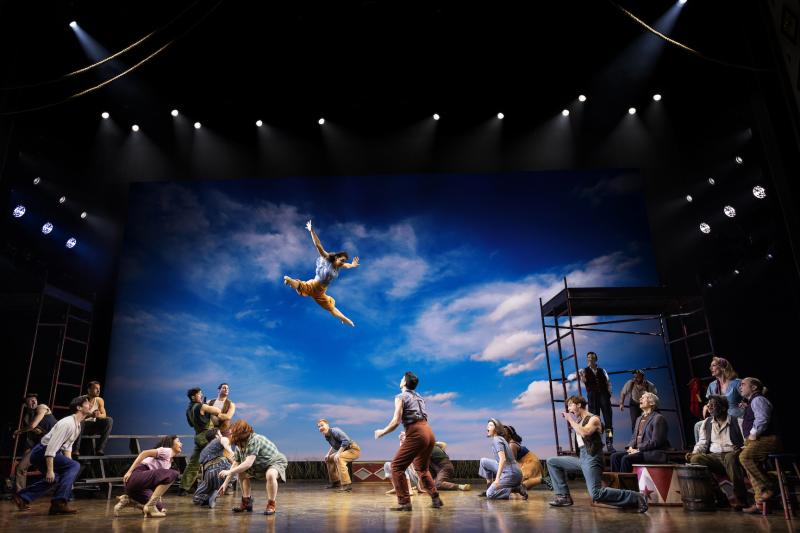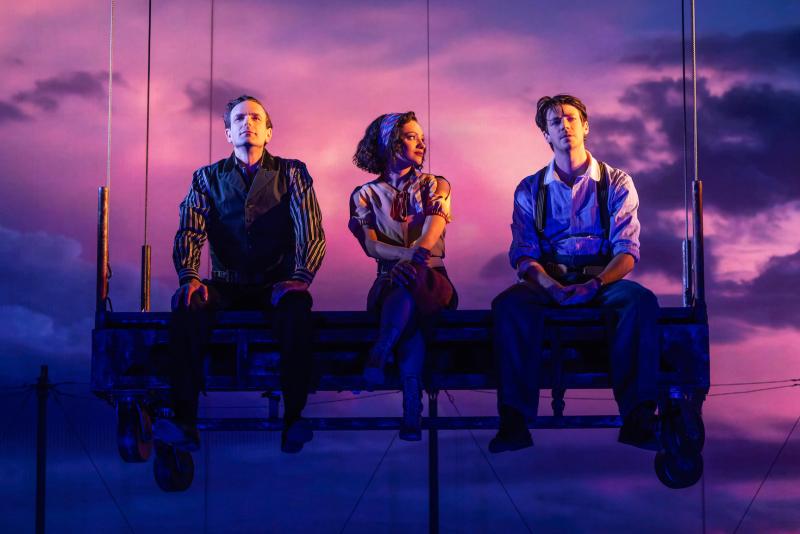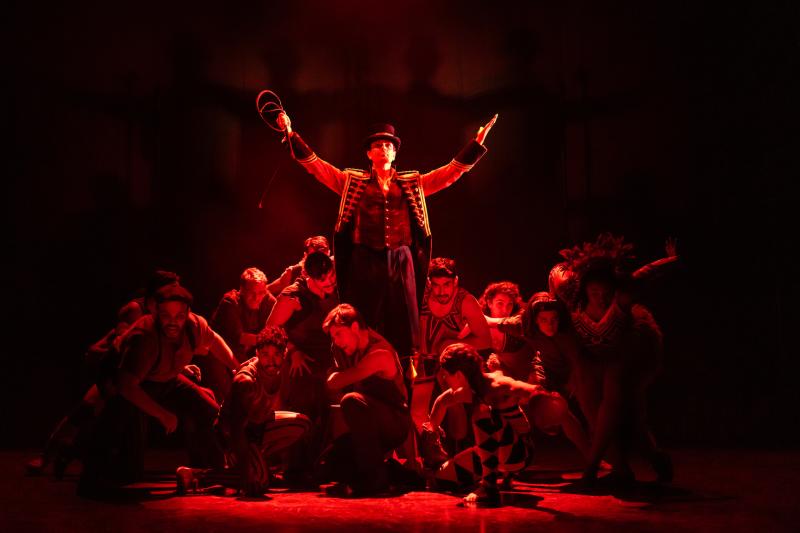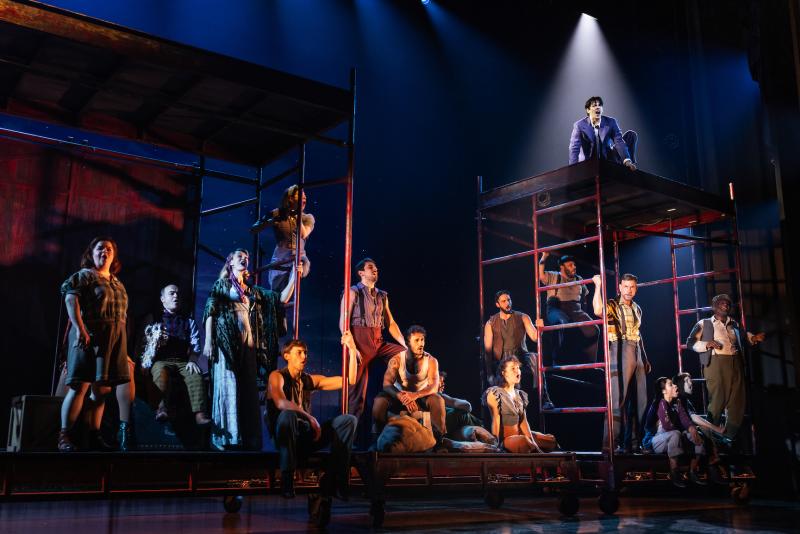Now in previews at Broadway’s Imperial Theatre, the new musical, Water For Elephants, is based on the 2006 eponymous best-selling novel by Sara Gruen. With opening night slated for March 21, 2024, Live Design takes a look at the lighting by two-time Tony Award-winning designer, Bradley King, who accents the interplay between the lighting and video, color and motion in this high-flying production that combines aerial arts, puppetry and musical theater as a traveling circus fills the stage (full creative team).

Live Design: What is the look of the show in terms of the lighting?
Bradley King: Water For Elephants takes place in the rust belt during the depression, so it was very important to the entire team to maintain an "analogue" feel to the design. That can be a difficult thing to accomplish with modern LED lighting fixtures and a gigantic video wall. We set up some deliberate constraints and rules for ourselves with how video, motion, color, and texture would play together to mask some of the technology behind the theater-making. The color is very much informed by the video content; designer David Bengali has a huge range of incredibly expressive skies for our outdoor scenes, and then the majority of the interior color is warm and golden. Color also interplays with much of the music; each motif has an accompanying color palette that we try to adhere to throughout the show.

LD: Which fixtures did you choose as your workhorses and why?
BK: The workhorse unit is the Martin Mac Ultra, which has become my go-to workhorse fixture in all my shows. It runs slightly warmer than many other new-generation 30K+ lumen fixtures, so you don't sacrifice as much of the red spectrum as you do with some other fixture types. The output, optical quality, and color rendering are all best-in-class. In addition to the Ultra, the rig is made up of Mac Encores (on ladders and low FOH positions for their lower profile), the new GLP X5 and X5C, and ChromaQ Color Force II and GLP FR10 bars for the backdrop.
See light plots and gear list here.
LD: Is there an emotional arc to the lighting in the storytelling?
BK: As always, the first job of the lighting designer is to tell you where to look, and with so many acrobatic feats happening, that's priority #1 here. Beyond that, the interplay between lights and video is very important, given how big a canvas we're both sharing. In general, I try to use as much as the music as I can to craft an emotional arc to the piece, visually scoring the music with the design.

LD: Any specific challenges / solutions?
BK: Acrobats! When people are risking life and limb with their bodies, the state of the lighting onstage becomes VERY important. We do everything three times: once under a modified worklight we call "acro-safe" (deliberately designed to be out of eyes, while also ensuring aerial apparatuses are lit) , once marking under what we think the cues will be, and a third time full-out under the lights in time. Everything is checked or "validated" with all the performers, and once it's locked in we *do not change it* without checking and sometimes re-validating. We specifically mark each cue in the cue list that has acrobatic elements so we don't modify them by accident, and we're EXTREMELY careful about changing lighting states on stage while acrobatics are being rehearsed.
LD: How do you collaborate with an assistant/associate/production electrician?
BK: I like to think of myself as one part of an extremely efficient team of folks, all of whom are working to deliver the best design we can. My associate, Kat Zhou, functions like a chief of staff, keeping the lines of communication with all other departments and ensuring we all have the information we need to make the show. I have the incredible Victoria Bain in charge of followspots, and we were lucky enough to have Mack Scales, our original assistant from the Alliance, join us as DMC. Mack's in charge of file management for VOR (our documentation system), starting and stopping records and making sure all the files are labeled with cue ranges. And Jeremy Wahlers, who is one of the best production electricians on Broadway, has an entire team to execute the physical notes of the show. I'm immensely proud of both the folks on our team as well as the collaborative and generous nature we all have with each other.

LD: What is most successful about this show for you?
BK: The people! It truly was collaborative in every sense of the word, and I think it shows in the final product. It's also a design we delivered with grace, kindness, and good spirit. I'm extremely proud of both WHAT came together as well as HOW it came together.